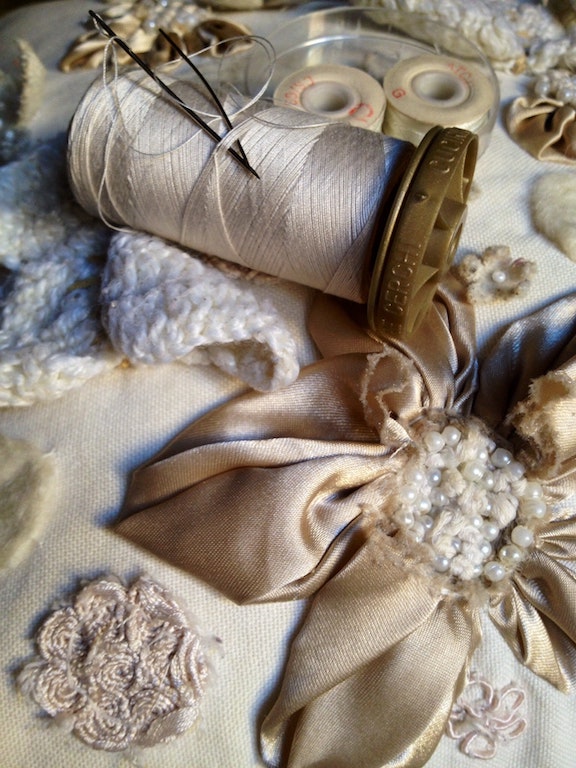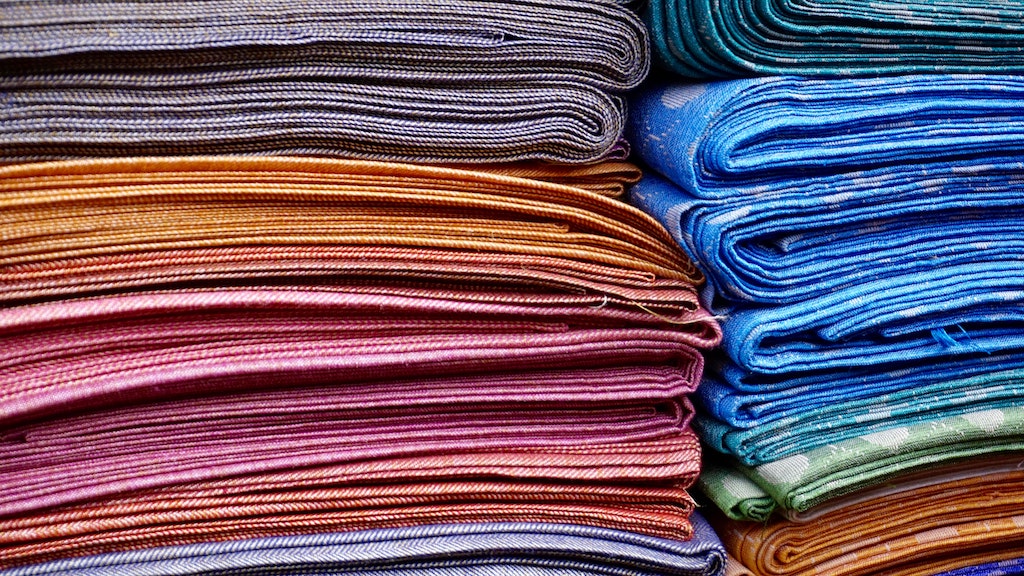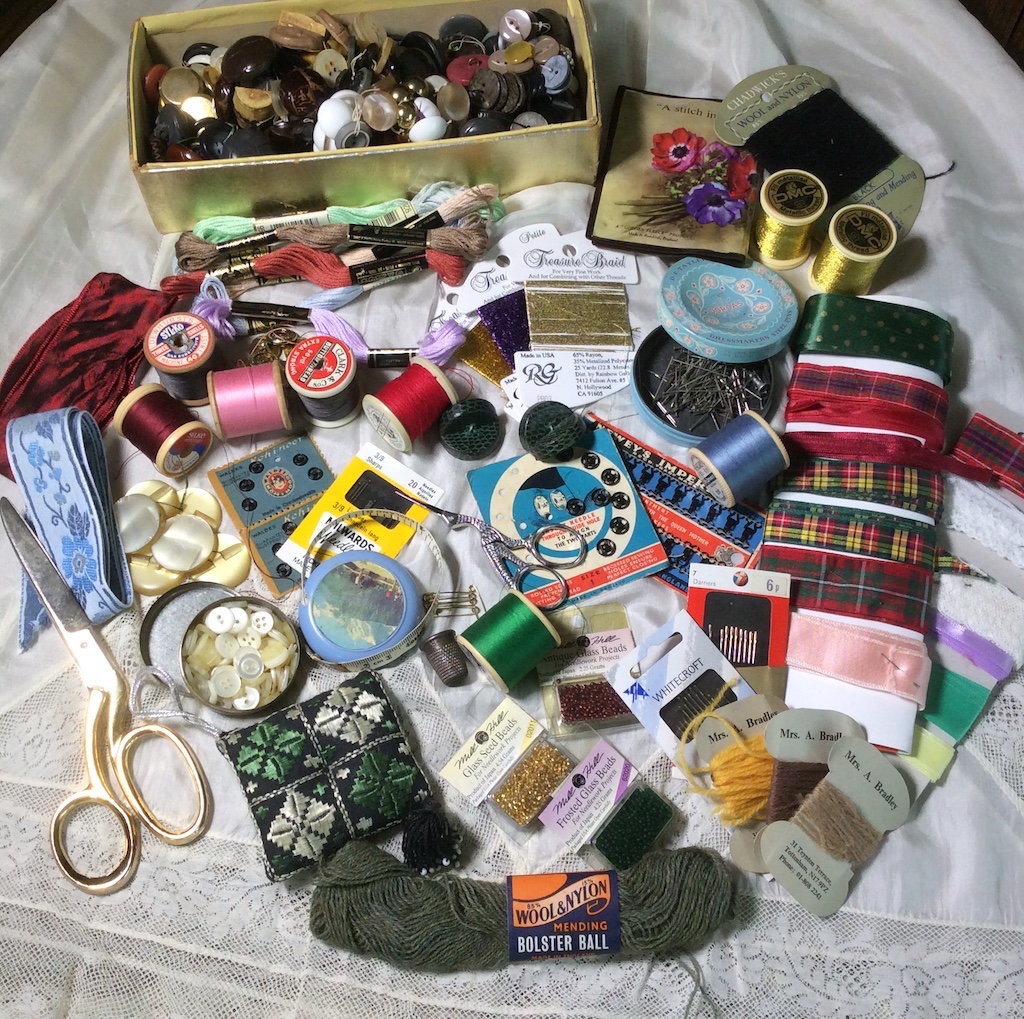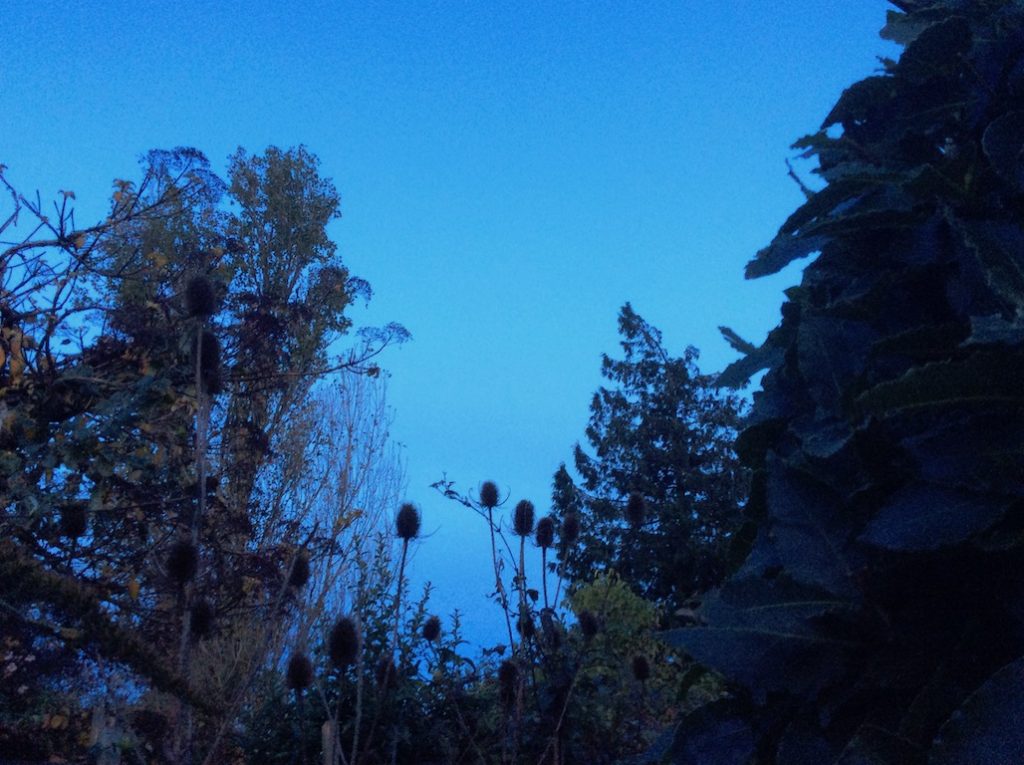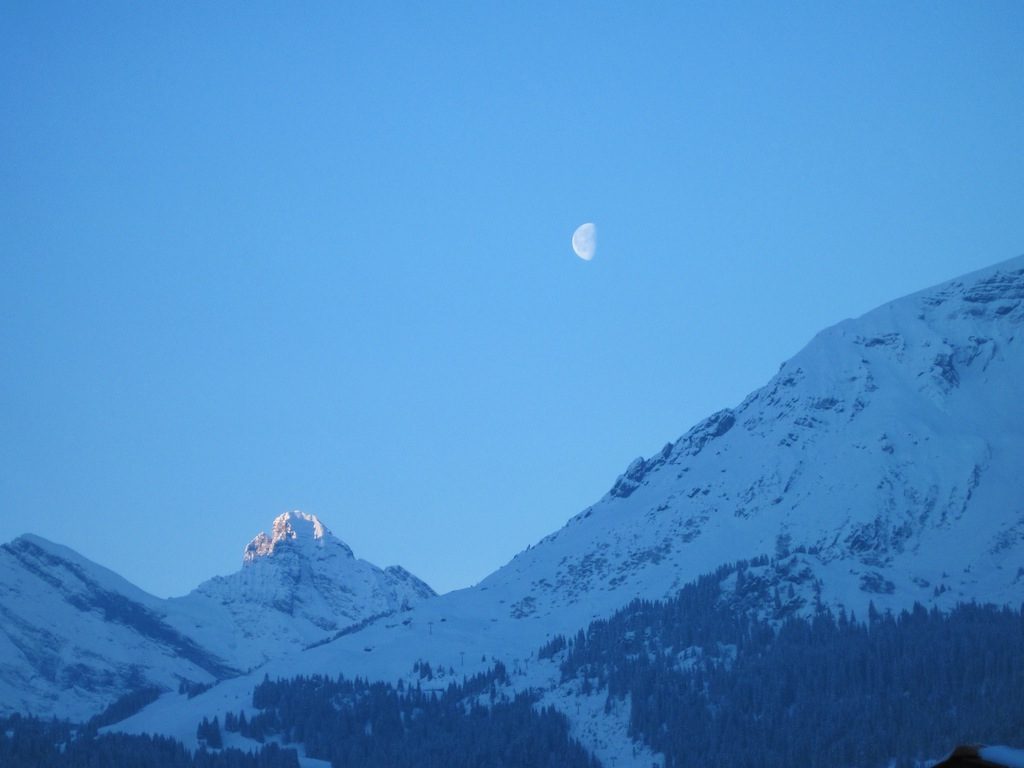The 1st December is the first day of meteorological winter in the northern hemisphere. This year it also coincides with the beginning of the Christian season of Advent – a time when Christians prepare not only for the birth of the infant Jesus at Christmas but also for his return at the Second Coming.
Advent is a time of watching and waiting. Traditionally there were four themes to Advent – death, judgement, heaven and hell. Sombre matters indeed, and themes which focussed on the vulnerability of humankind – our fragility and our inability to solve all the problems in the world on our own. That is why we look forward to the coming of Jesus, the Light of the World, who, in his life and teaching, proclaimed those great messages of hope, reconciliation and peace.

During Advent – from the Latin word Adventus, meaning ‘coming’ – Christians look forward. It is a dark time of the year; the short days are brightened by whatever sunlight is available but also by the many candles that will be lit during this period – symbols of the light that the love of Christ brings to the world.
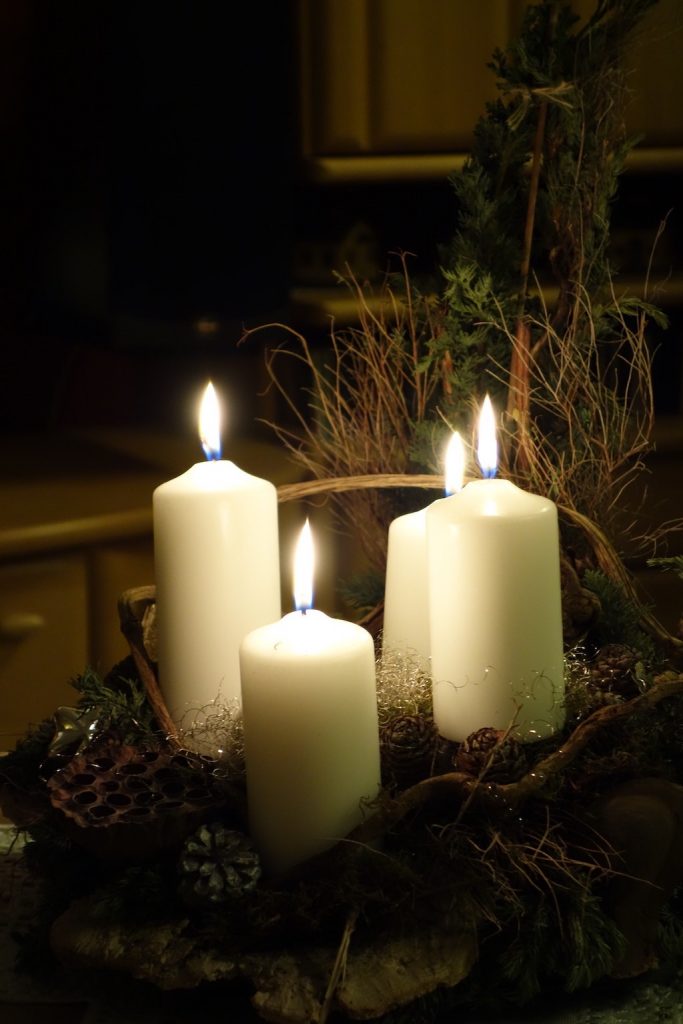
Taking time out from the busy hustle and bustle of Christmas preparation can be a valuable opportunity for us to slow down and focus on the significance of that birth over 2000 years ago. There is much that is sad, wrong and wicked in the world but there is also a lot that is good, true and hopeful. We might each ponder on how we can add to the hope, joy and peace that are all so vital to the wellbeing of the world and its inhabitants.
Words from a tenth century Latin hymn:
Hark, a thrilling voice is sounding;
‘Christ is nigh,’ it seems to say;
‘cast away the dreams of darkness,
O ye children of the day.’
May your Advent be blessed with hope, light and peace.

